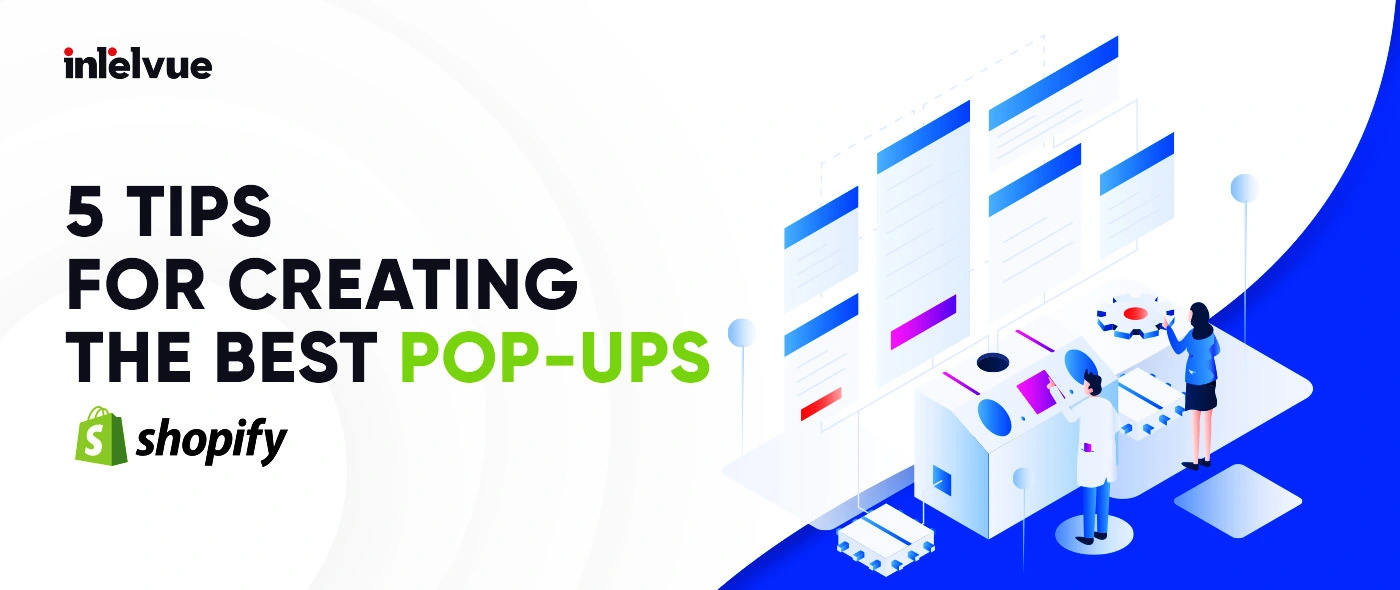
The online shopping landscape is full of choice.
If shoppers can’t find what they’re looking for in an online store, there are plenty more out there offering them what they need.
The greater the choice for consumers, the more difficult it is for brands to build a loyal customer base. But when it’s the most effective way to grow and expand, you don’t have a choice (after all, consumers are increasingly looking for brands they can connect with).
Generate leads with engaging popups and forms.
Collecting customer email addresses allows you to continue to nurture the relationship between the brand and the buyer long after a sale has been made.
The tricky part is getting visitors to agree to leave their email addresses.
This is where popups (with emailing form) come in.
They are an essential part of building your mailing list. If pop-ups don’t measure up, you are at high risk of generating no leads to convert them into customers.
5 Shopify Popup Tips in 2021
Here are five ways to improve your popup forms to attract more subscribers, along with a series of inspiring examples for your Shopify store.
“Collecting customer email addresses allows you to continue to nurture the relationship between the brand and the buyer long after a sale has been made.”
1. Offer an incentive
Who doesn’t like discounts? Everyone likes to feel like they’ve saved a little bit of money, but more importantly, consumers want to feel special and valued.
For Shopify online stores to truly engage with their customers, they need to treat them right. After all, why stay in a relationship if they are ignored.
Providing an irresistible incentive captures visitors’ attention and makes them feel like they are getting something in return.
It’s a win-win situation: customers get a bonus, you get a new subscriber or even an extra sale.
Take the example of Amy O.
It offers its subscribers a 15% reduction on their next order. Visitors want to take advantage of the offer, and this encourages them to make another purchase.
2. Hold people before they leave.
Online shoppers are internet research pros.
They regularly add products to their basket and then let them collect dust. Indeed, the cart abandonment rate is 68.57%, which is huge. This means that only 30% of visitors who add items to their cart then buy them.
But just because people leave your site doesn’t mean they’re not interested in what you offer. They may have been distracted or gone elsewhere to compare offers.
Pop-ups that activate when the visitor wants to exit the site (exit intention pop-up) are easy to capture their attention before they hit “close tab”.
Read Also: 6 Best E-commerce Platforms to Start your Online Store
3. Infuse your brand personality
Standing out is essential for brands in the e-commerce sectors.
The proliferation of online stores during the Covid-19 pandemic has created fierce competition in many industries and made it increasingly difficult for brands to gain buyers’ attention.
Your personality and branding make you stand out and help cement relationships with potential buyers. It goes back to the consumer’s need to be connected and aligned with brands. All the more important this year after months of isolation.
Infuse your brand personality into your pop-ups and forms to connect with subscribers.
The main thing is to keep it simple.
Speak like you would a real person, and make sure your post is in sync with the rest of your site and communications.
4. Offer an alternative: social networks.
Inboxes are one of the last sacred places for consumers, and the last place they want to spend their time.
So it’s no surprise that visitors are reluctant to share their email address. After all, who really wants new emails to clutter up an already full and possibly overflowing box?
Fortunately, email is not the only way to collect information from visitors. Please give them a choice and make them feel comfortable enough to allow you to find them in a place where they spend even more time: social media.
This year again, people are spending more and more hours scrolling through their news feeds, which gives you the perfect opportunity to show up and connect with them.
5. A clear Call-To-Action
Call-To-Action (CTA) are one of the most important parts of your pop-ups and forms. They tell visitors what to do and give them a nudge in the right direction.
Despite their proven effectiveness, many brands do not use them to their full potential.
Don’t fall for boring buttons like “subscribe” or “send”.
Instead, make visitors want to click the button and subscribe to your list.
Let them know exactly what step you want them to take and what will happen when they click the button.
Another handy tip is to put the visitor at the centre of your signup form by writing the CTA from their perspective and using first-person pronouns, like “I”, “me” and “my”.
Improve the performance of your pop-ups
Gaining the attention of online shoppers has never been so difficult, and the proliferation of new ecommerce stores has forced brands to reconsider the way they connect with consumers.
Email remains one of the most effective lead nurturing methods, with an incredibly high return on investment compared to other techniques.
But getting leads is the hardest part, especially when you’re facing stiff competition.
The solution is to create powerful and compelling email pop-ups and forms. Pop-ups collect information about the buyer and immediately strengthen a relationship. The key is to make your pop-ups as engaging as possible with compelling incentives, your personality, effective CTAs, and a choice element.